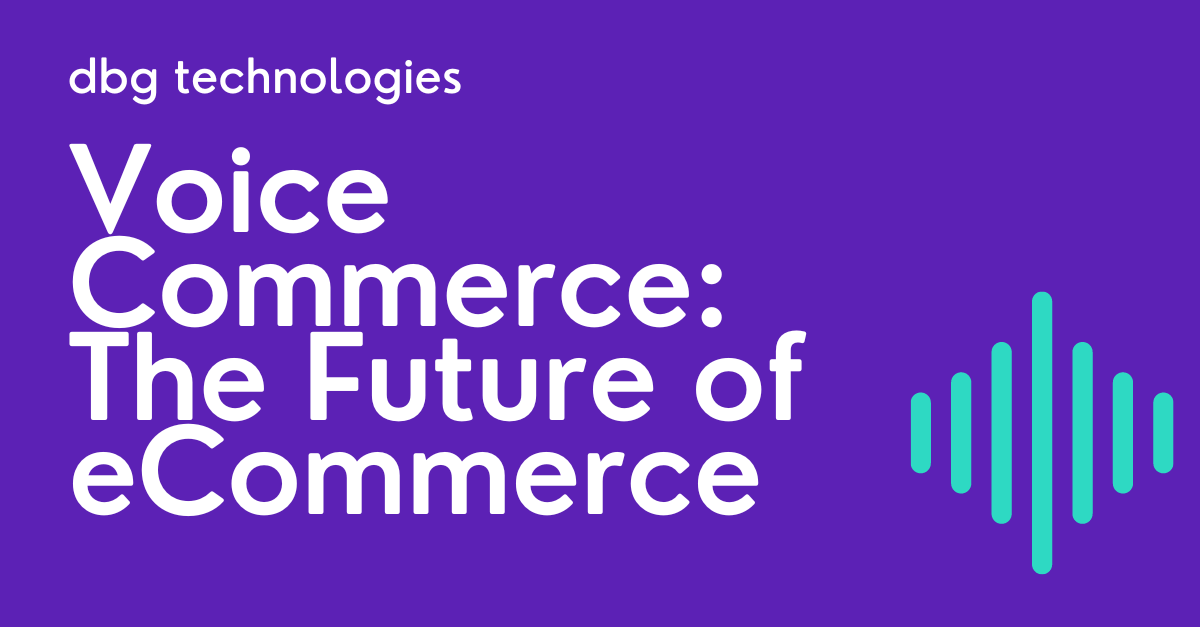 Voice commerce is a new trend in eCommerce that has emerged with the rise of smart speakers and virtual assistants like Amazon Alexa and Google Assistant. It allows consumers to shop online using only their voice, making the shopping experience faster and more convenient. eCommerce businesses are exploring ways to use voice technology to improve the customer experience and increase sales.
Voice commerce is a new trend in eCommerce that has emerged with the rise of smart speakers and virtual assistants like Amazon Alexa and Google Assistant. It allows consumers to shop online using only their voice, making the shopping experience faster and more convenient. eCommerce businesses are exploring ways to use voice technology to improve the customer experience and increase sales.
The convenience of voice commerce lies in its ability to make online shopping hands-free. With voice commands, consumers can search for products, add items to their cart, and even complete transactions without ever touching a screen. This is especially useful for tasks that require two hands, like cooking or exercising, as well as for people with disabilities that make it difficult to navigate traditional eCommerce websites.
In addition to convenience, voice commerce also offers personalisation. Virtual assistants can use data on past purchases and search history to make tailored recommendations and provide a more personalised shopping experience. This can help eCommerce businesses build customer loyalty and increase sales.
Some of the ways eCommerce businesses are using voice commerce include:
Product searches
Customers can use voice commands to search for products by name, category, brand, or even by specific features like size or colour.
Order placement
Once customers have selected the products they want, they can use voice commands to add them to their cart and complete the transaction.
Re-ordering
Customers can use voice commands to re-order products they have purchased in the past, making the process even faster and more convenient.
Customer service
Virtual assistants can help customers with customer service issues, such as tracking orders or requesting refunds, through voice commands.
Personalisation
Virtual assistants can use customer data to make tailored recommendations and provide a more personalised shopping experience.
There are also some challenges that ecommerce businesses need to overcome in order to make voice commerce a success. One of the biggest challenges is ensuring that virtual assistants accurately understand and interpret customer requests. This requires advanced natural language processing technology and machine learning algorithms that can learn from past interactions and improve over time.
Another challenge is integrating voice commerce with existing eCommerce platforms and payment systems. This requires collaboration between ecommerce businesses and voice technology providers to ensure that the customer experience is seamless and secure.
Despite these challenges, voice commerce is a trend that is expected to grow rapidly in the coming years. The future of online shopping is in the hands-free, voice-activated world of voice commerce.
